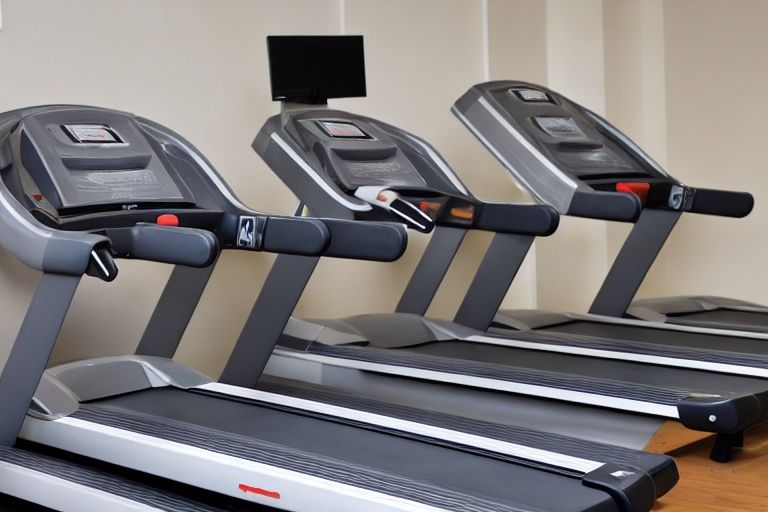The Perfect Workout: Designing a Physical Fitness Routine to Suit Your Needs

The Perfect Workout: Designing a Physical Fitness Routine to Suit Your Needs
Physical fitness is a critical aspect of maintaining a healthy lifestyle. Regular exercise not only helps in weight management but also improves cardiovascular health, strengthens muscles and bones, and boosts overall mental well-being. While the benefits of working out are undeniable, it is crucial to design a fitness routine that suits your needs and goals. One size does not fit all when it comes to exercise, so tailoring a workout plan specific to your requirements is essential for long-term success.
To create the perfect workout routine, it is important to assess your fitness level, identify your goals, and understand your preferences. Begin by evaluating your current physical capabilities and considering any health concerns. Consulting a healthcare professional can provide insights into what exercise options are suitable for your body and help you set realistic goals.
Next, establish your fitness objectives. Are you looking to lose weight, build strength and muscle, increase endurance, or simply maintain overall health? Having a clear vision of what you want to achieve allows you to tailor your routine accordingly.
Once you have established your goals, it’s time to choose the types of exercises that will help you achieve them. The three main components to consider are cardiovascular exercises, strength training, and flexibility exercises. A well-rounded workout routine should include a combination of these elements to build a balanced and effective program.
Cardiovascular exercises, such as jogging, cycling, swimming, or dancing, increase heart rate and provide numerous benefits for your heart and lungs. These activities help burn calories, enhance endurance, and improve overall cardiovascular health. Aim for at least 150 minutes of moderate-intensity aerobic exercise or 75 minutes of vigorous-intensity exercise per week, as recommended by the American Heart Association.
Strength training exercises, on the other hand, focus on building and toning muscles. Incorporating resistance training, such as lifting weights, using resistance bands, or engaging in bodyweight exercises, helps build strength, increase bone density, and boost metabolism. Aim for two to three strength training sessions per week, targeting all major muscle groups.
Flexibility exercises, such as yoga or stretching, are often overlooked but essential for maintaining mobility and preventing injuries. Including stretching exercises in your routine improves joint range of motion, enhances muscle flexibility, and aids in post-workout recovery. Aim for at least two to three stretching sessions per week, dedicating at least 10-15 minutes to each session.
Once you have determined the types of exercises you want to include, it’s time to establish a workout schedule. Find the best times that fit your daily routine and ensure you can commit to them consistently. Consistency is key in achieving long-term fitness goals. Whether you prefer early morning sessions, a lunchtime workout, or an evening routine, choose a time that aligns with your lifestyle.
Additionally, do not forget the importance of rest and recovery days. Overtraining can lead to burnout and increase the risk of injuries. Allow your body ample time to rest and rebuild. Designating one or two days each week for rest or light activity helps prevent overexertion, promotes overall recovery, and ensures the sustainability of your workout routine.
Finally, don’t be afraid to modify and adapt your fitness routine as needed. Your fitness level will evolve over time, and adjusting your program accordingly is essential for continued progress. Challenge yourself by gradually increasing intensity, duration, or weight, and explore new exercises or classes to keep your routine fresh and engaging.
In conclusion, designing a physical fitness routine that suits your needs involves assessing your fitness level, setting goals, and considering your preferences. Incorporating cardiovascular exercises, strength training, and flexibility exercises will create a well-rounded program. Establishing a consistent workout schedule and allowing for ample rest days is also crucial. Remember, the perfect workout routine is one that aligns with your goals, keeps you engaged, and ultimately leads to a healthier and happier you.



